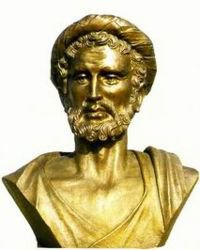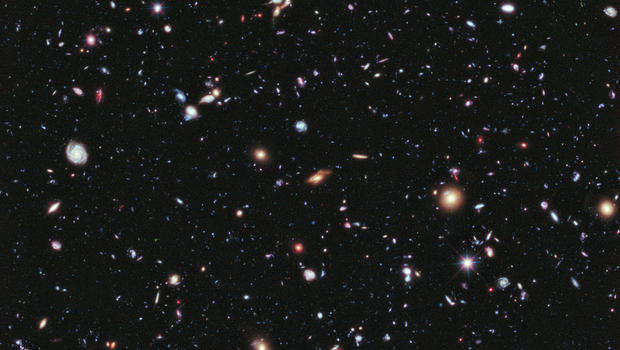The world has no outside, no beyond, since it contains and embraces everything
Guillaume d’Auvergne (De Universo, 1231)
If the Universe is finite, it seems necessary for it to have a center and a frontier. The center poses hardly any conceptual difficulty: it suffices to place the Earth there, like the geocentric systems of Antiquity (appearances lead one in this direction), or the Sun, as Copernicus did in his heliocentric system. The notion of an “edge” of the Universe is on the other hand more problematic.

In the fifth century BCE, the Pythagorean Archytas of Tarentum described a paradox that aimed to demonstrate the absurdity of having a material edge to the Universe. His argument would have a considerable career in all future debates on space: if I were at the extremity of the sky, could I extend my hand or stick out a staff? It is absurd to think that I could not; and if I could, that which is found beyond is either a material body, or space. I could therefore move beyond this once again, and so on. If there is always a new space towards which I can extend my hand, this clearly implies an expanse without limits. There is therefore a paradox: if the Universe is finite, it has an edge, but this edge can be passed through indefinitely.
This line of reasoning was taken up by the atomists, such as Lucretius, who gave the image of a spear thrown to the edge of the Universe, and afterwards by all the partisans of an infinite Universe, such as Nicholas of Cusa and Giordano Bruno. Continue reading The Edge Paradox
